The Pleiades star cluster (also known as the Seven Sisters or M45) is one of the best astrophotography targets for every beginner astrophotographer. It's one of the easiest targets to locate, thanks to its size and brightness - you can see it on your DSLR's live screen. In addition, you can capture the M45 with a wide range of lenses - wide, standard, telephoto, and telescopes. This tutorial will teach you to photograph the Pleiades star cluster with a DSLR or a mirrorless camera.
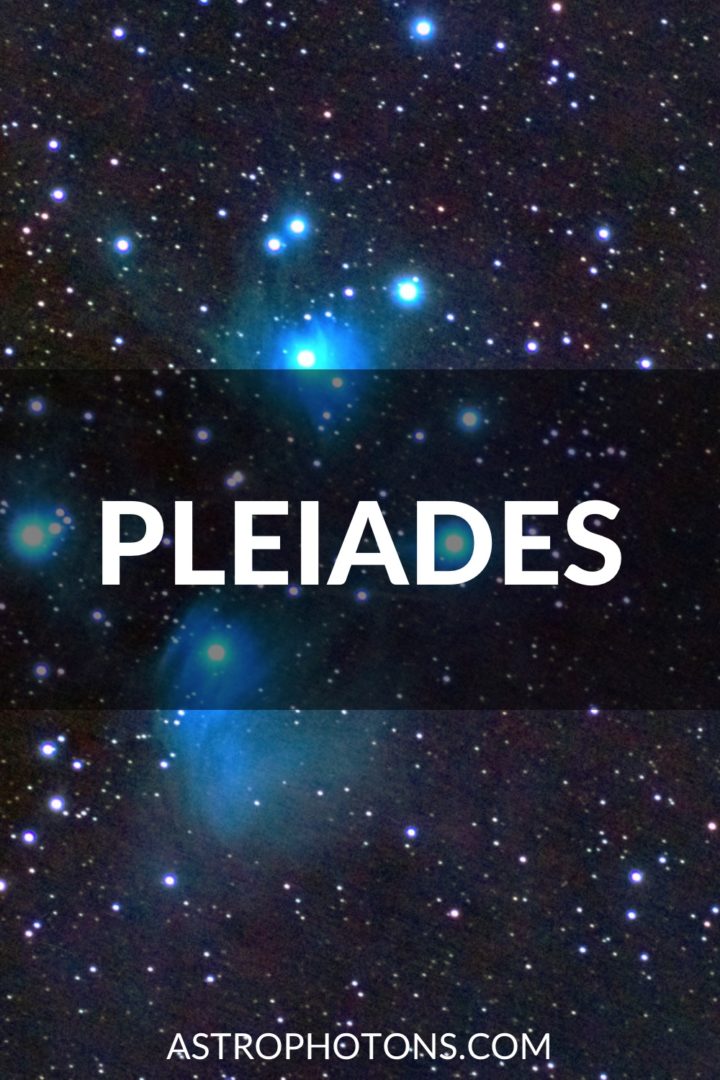
Jump to:
Pleiades fact sheet
| Object | Pleiades |
| Object type | Open cluster |
| Other names | M45, Messier 45, Seven Sisters, Subaru |
| Constellation | Taurus |
| RA (right ascension) | 03h 47m 24s |
| DEC (declination) | +24° 07′ 00″ |
| Magnitude | 1.6 |
| Angular size | 110 arcmins |
How to find the Pleiades on the night sky
The Pleiades is an open star cluster located in the constellation Taurus. It's so bright that you can see it with your naked eyes, even from the center of a highly light-polluted city. M45 is a Fall-to-Winter astrophotography target in the Northern Hemisphere, so prepare yourself with warm clothes when shooting it.
Finding the Pleiades in the night sky is simple. First, locate the Orion constellation. Then go upper-right, and voila - that little cloud-looked-like structure, best seen when not looking directly on it, it's the M45!
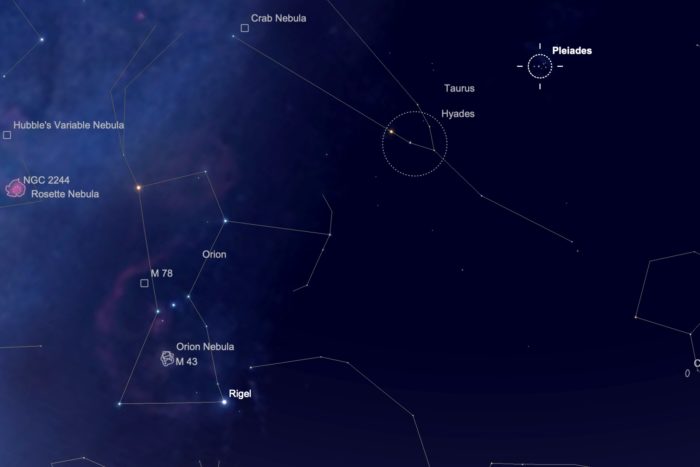
Camera settings for photographing the Pleiades
Your shutter speed and ISO depends primarily on two things:
- Your lens aperture
- If you track with an equatorial mount or not
Non-tracking
If you use a fast wide-angle lens on a stationary tripod without tracking, start with these settings:
| Aperture | Wide-open (f/2 or f/2.8) |
| Time | 30 seconds |
| ISO | 3200 or more |
If stars on your picture are not pinpoint (but instead so-called star trailed), then reduce the exposure time by a few seconds and set higher ISO. If you are happy with the result, shoot at least 20 total exposures, and stack them to reduce noise and increase the signal-to-noise ratio. Then, post-process it as a regular RGB astro-image.
Tracking
If you have access to an equatorial mount, then definitely make use of it! Start with those settings, and read below how to tune them:
| Aperture | Wide-open |
| Time | 120 seconds |
| ISO | 800 or more |
Those settings depend heavily on your glass aperture and focal length. Generally, the Pleiades is a very bright object and can be easily overexposed. In case of that, lower your exposure time and compensate with ISO. Experiment until you have a pleasing effect, then capture 20-30 exposures, stack them, and process as usual.
My progress on photographing the Pleiades
The Pleiades with a wide-angle lens, untracked
The first time I captured the Seven Sisters, it was by accident. Those times I wasn't even familiar with the night sky, so I was shooting randomly just for the sake of experimenting with astrophotography and exploring the night sky. So here's my first encounter with the Pleiades in February 2018.
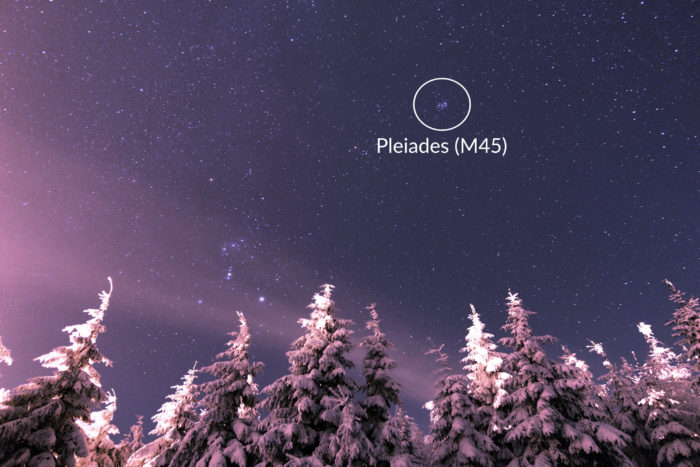
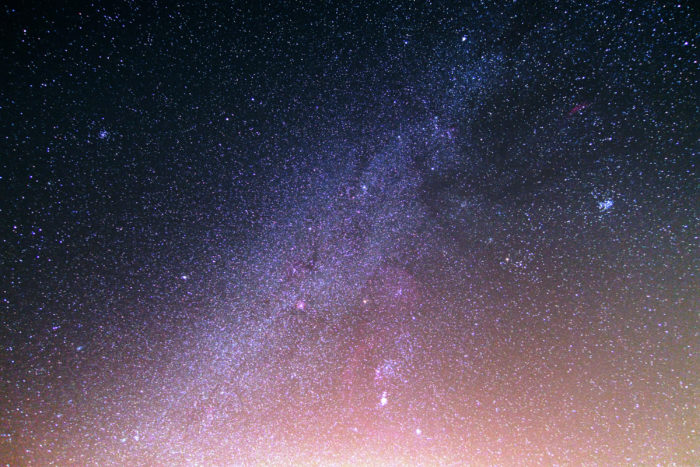
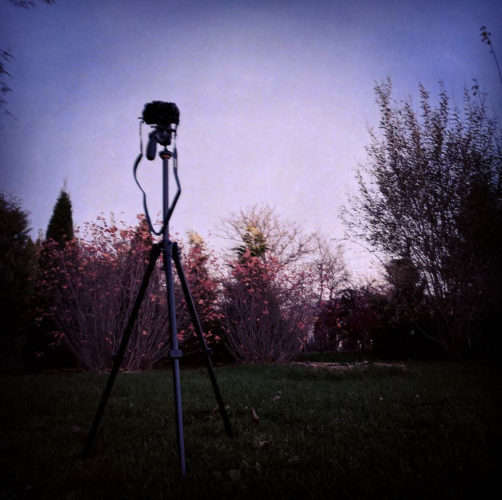
Advancing to a telephoto lens and tracking
Very soon after, I acquired an equatorial mount (Fornax Lightrack II) and a telephoto lens (Rokinon/Samyang 135mm f/2). Boy, it was an upgrade! A lot longer exposures, more zoom on the objects (resulting in higher image resolution, thus more detail), and no more star-trails (well, a lot less at least). Pleiades star cluster is a perfect target for a telephoto lens; sadly, I bought mine around March, so it was just after the season for shooting Subaru. But a few months later, Pleiades began to appear low on the horizon in the early morning.
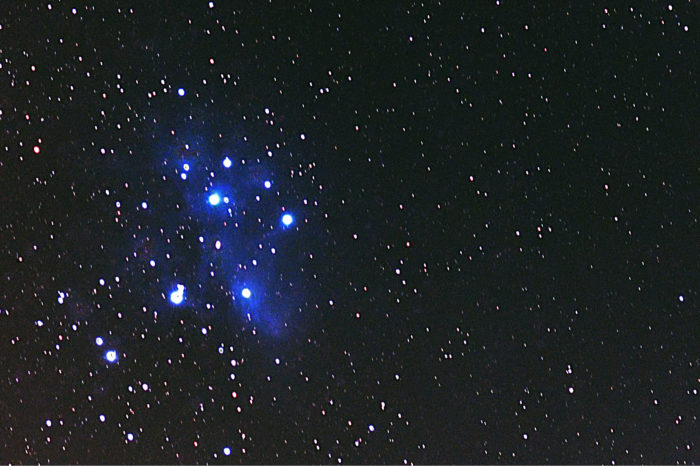
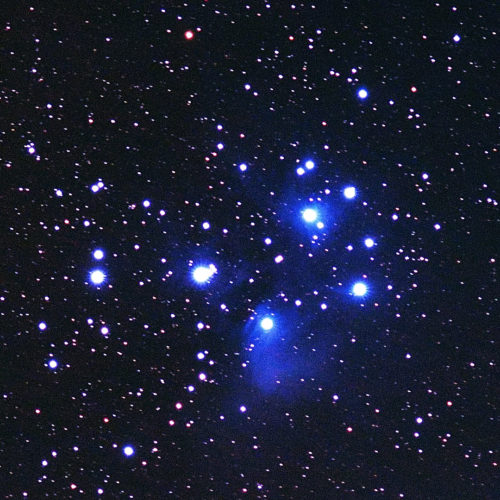
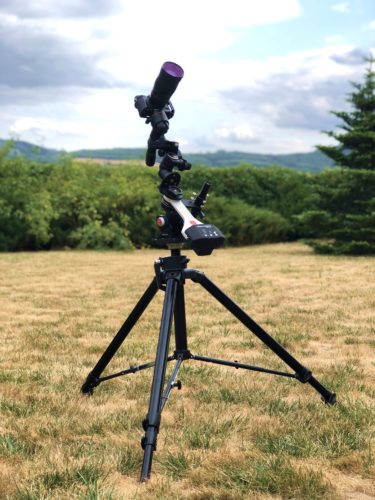
Finally with a telescope
Using an APO telescope (even a small one) is best to photograph the Pleiades. Make sure to equip your scope with a field flattener and some filter to block the artificial light if you live in a light-polluted area.
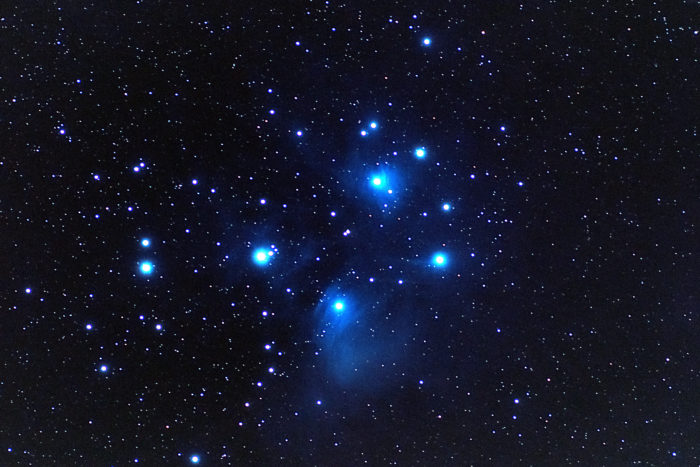
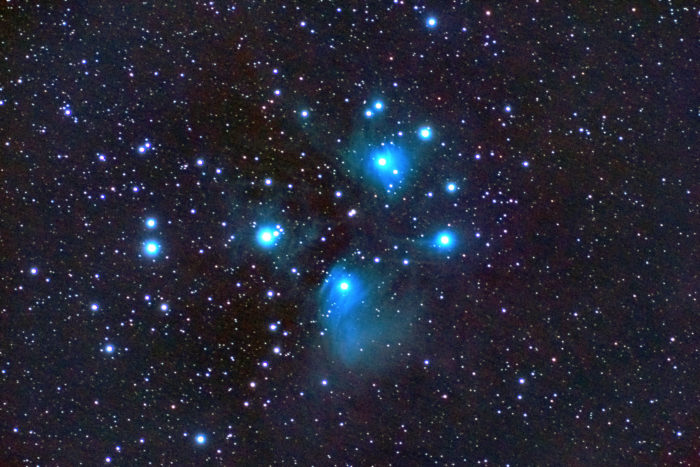
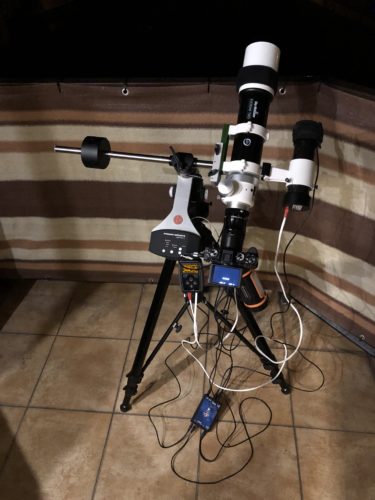




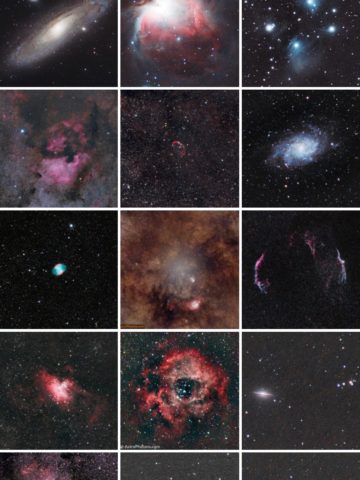
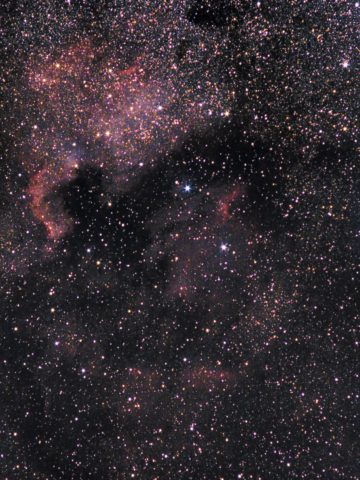
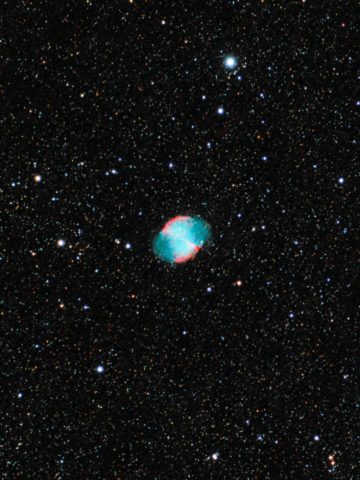
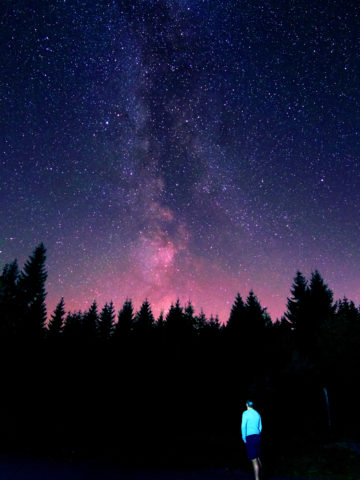
Comments
No Comments